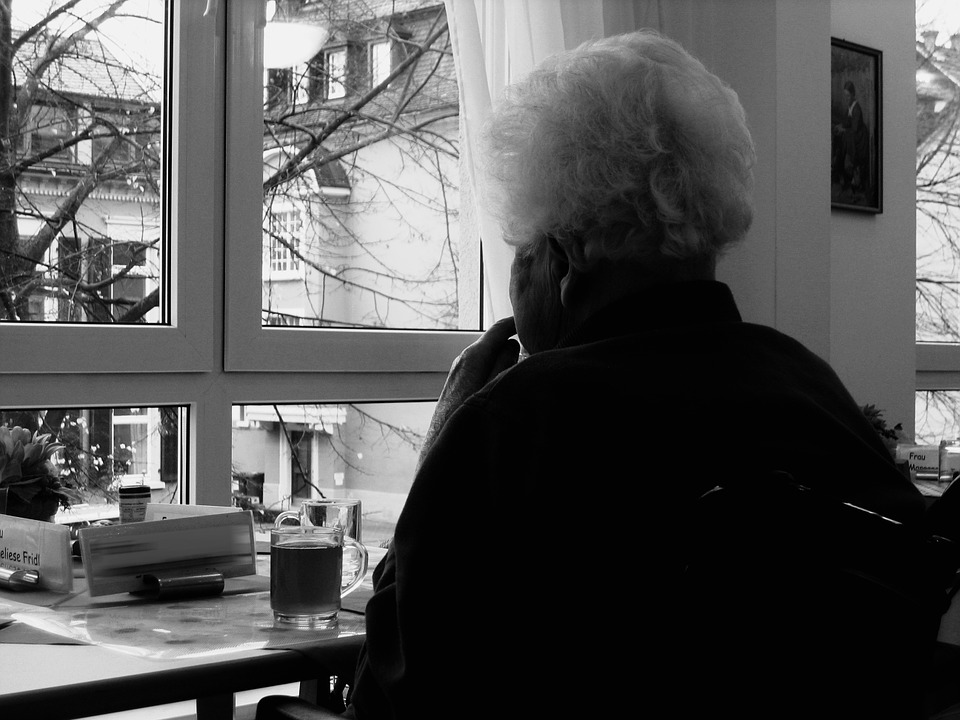In this thoughtful article, Robyn Taylor reminds us that feeling homesick can be quite common throughout life, and shares some suggestions for easing the transition when someone moves into a care home. Or when, due to the lockdown, feelings of homesickness increase…
Moving into a care home can be very overwhelming. Feelings of missing the home you have lived in for years and years, missing the people, the surroundings and the simple sensations of the smells of your own house, the sound of the environment and the tastes of your own or loved one’s cooking. Not to forget the feelings of contentment, independence, and happiness. As I write this my thoughts go to the well-known phrase from The Wizard of Oz – “There’s no place like home.”
When I stand in my back garden at certain times of the day, I can hear the hustle and bustle of children playing at the local school around the corner from my house. If I open the window at night, the faint sound of cars hums in the background. There is always a cushion to be tidied and a toy to be picked up. Imagine moving into a care home and having none of these familiar sounds and sights, none of these tasks to do. When you move home, so many sensations are different. Over time your room may become homely and familiar, but those sensations, emotions and memories of home will still linger.
The feeling of homesickness can be extraordinarily strong, and can appear at any time and make missing family much, much worse. If I were to write this article in normal times, I would offer lots of ideas on how to stay connected to family. But, during the pandemic, we know this is harder than it sounds. Before, we could organise family gatherings, afternoon teas and outings to keep everyone connected and give the person something to look forward to, but now we have to try and bring comfort to the residents in a different way.

Life story work is a huge part of activities, and a great initial step when a new person comes to the care home. But, they may not divulge all the information needed to give a truly rounded sense of themselves, so it’s important we keep listening and talking and adding to the life story.
Keep Finding Out More: As you gradually get to know the person, allocate time every month or so to keep adding details into the life story section. As an activity coordinator, you tend to learn lots of things about the person due to the time you spend with them – but make sure other staff are adding things they discover in conversation too. And that they know the life story is always there if they want to get to know someone better. They can then help to adapt certain things and incorporate specific activities into someone’s everyday routine. Make sure you all remember that the small details of a person’s life can be just as important as the big events. The questions in the care plan may include where they grew up, what school, place of work, marriage, children, etc, but planning activities where you can elaborate on such things as likes and dislikes, favourite music, their day-to-day lives and interests is important.
Think Back: Hold a nostalgia session about household chores, talk about generic memories such as washday, sing songs or recite poetry such as Women Ironing by U.A. Fanthorpe. You can ask questions, such as what dusting products residents used at home? What air freshener would they spray? Ask questions related to all the senses and take notes as you do this, then add them to the life story. Later, when a person is on their own and feeling a little homesick, you can start to bring these senses into everyday life. For example, using certain cleaning products in their room so they can smell the same smells they once did at home.

Get More Detail: Send a questionnaire out for the families to fill in. Ask things like: What was the view from their loved one’s window? What flowers did they have in their garden? What was the environment near their house like? Fields, roads, schools, shops, hills, the coast, etc. What sounds and smells remind you of your loved one’s house? Have you any pictures of their house? All this extra information, which you can gather over time, can be incorporated into activities or into daily routines. For example, at night, if a person is used to sleeping with the sounds of birds outside, and your care home is in an urban location, you could bring a CD player to their room and have a disk playing of gentle background bird sounds. The same if a person is used to hearing traffic, trains, or the sea. To recreate a particular view, think about flowers that could be planted outside a window or a photograph of a view that could be hung near a window.
As always, keeping people engaged, active and encouraging friendships in the home are important for a person to feel happy. Naturally, people tend to go to their rooms and sit in the quiet throughout the day, but why not, instead of going back to their own room, get them to sit in a friend’s room for periods throughout the day?
Finally, make sure you personalise as much as you can for each resident. A little time each day, going through someone’s life story and chatting to them should reveal a few changes you can make that would make all the difference for someone missing home.




